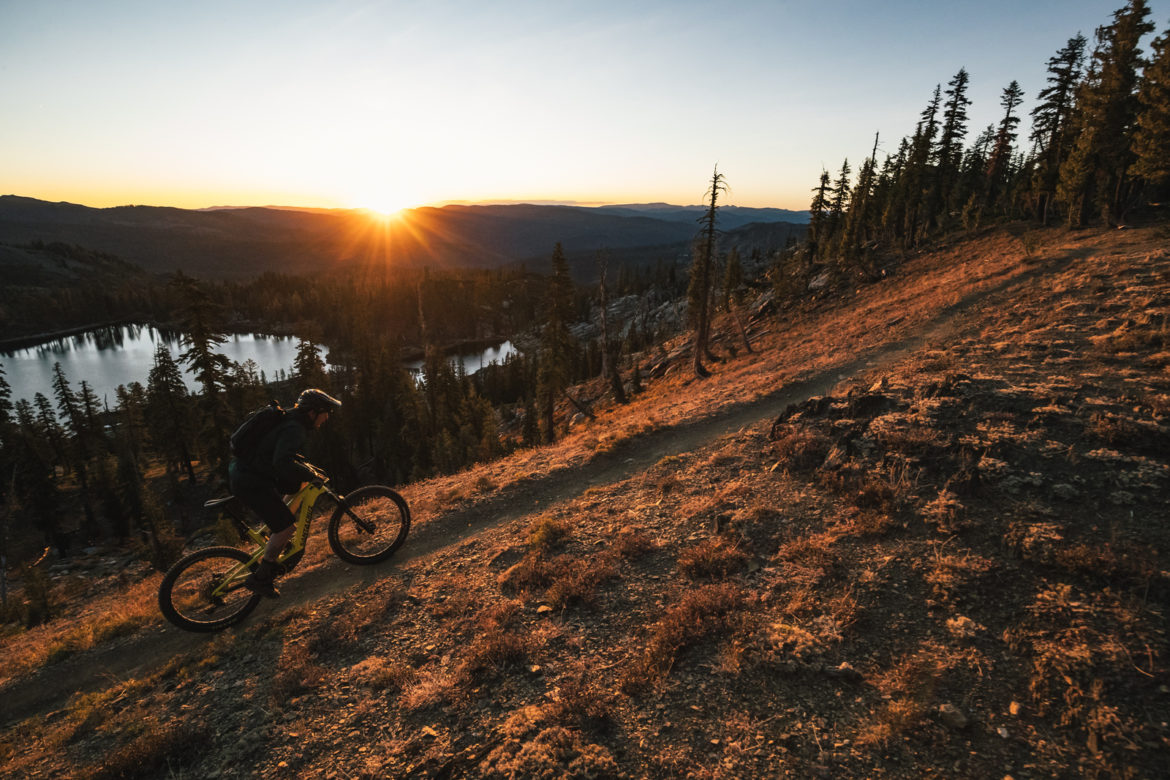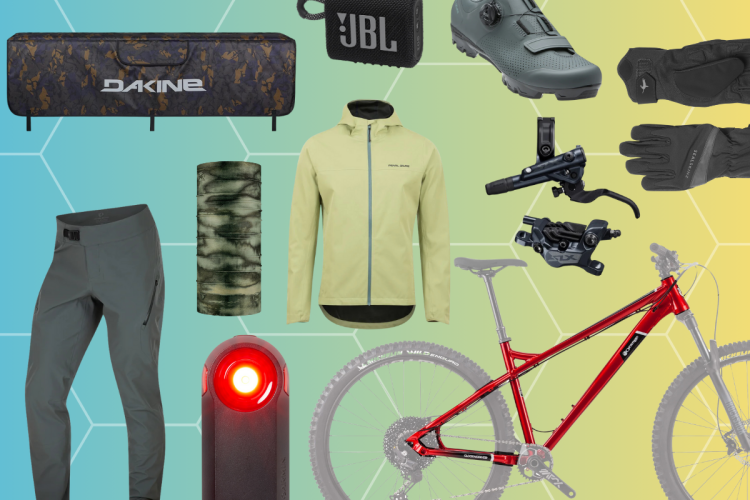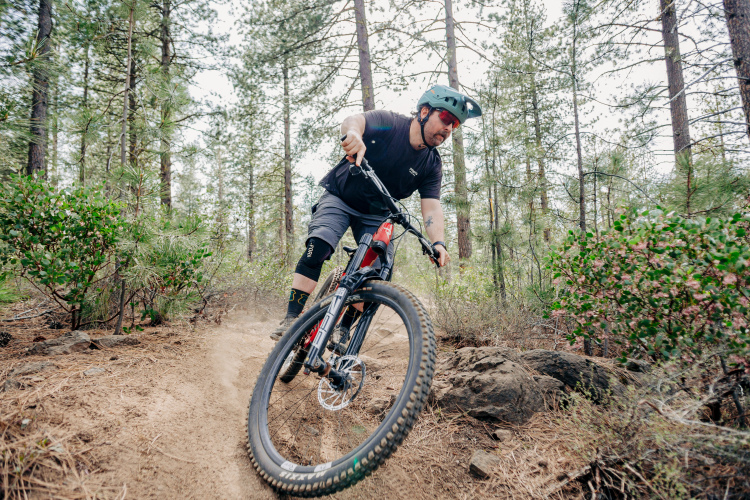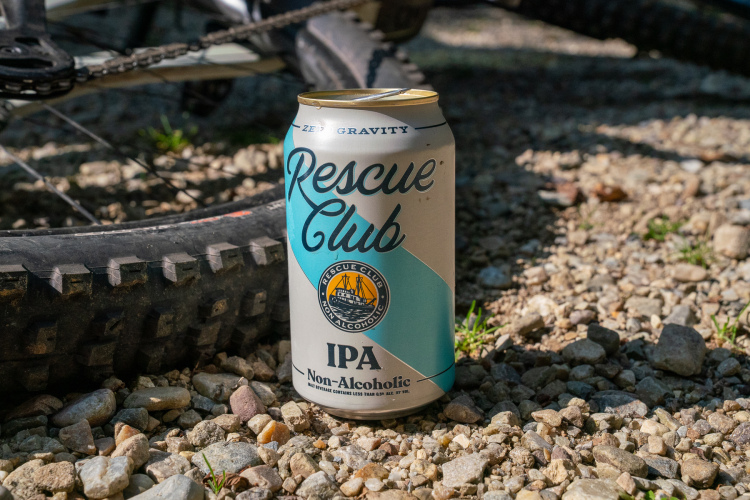
From the get-go, there was confusion around the U.S. Forest Service’s (USFS) ruling on e-bikes this spring. It didn’t help that the agency released the directive on March 31st. Singletracks caught wind of the news shortly after and published the news on April 1st, stating in the comments that it was in fact not an April Fools prank to the dismay of many commenters.
In the release, the USFS essentially wrote that their decision continues to allow e-bikes on all motorized trails, provides a working definition for three classes of e-bikes, gives local land managers the decision-making power to allow or disallow e-bikes on non-motorized trails, gives a clear process for analysis and scoping to allow e-bikes, and lastly, requires a re-designation of a non-motorized trail to motorized if a district manager allows e-bikes. This is where things got muddy.
Later, a spokesperson with the USFS cleared up that “After completing the appropriate environmental analysis and public engagement, a local unit may choose to allow e-bikes on additional trails without authorizing other motorized vehicles. For instance, permitted activities on a trail could include traditional bicycles and e-bikes, but not include ATVs or other motorized vehicles.”
Still, there were quite a few questions remaining about the ambiguous directive and the scant news release, so we asked USFS headquarters in Washington a few more questions, along with IMBA who had been analyzing the ruling so they could give clearer guidance to their subchapters.
Trail redesignation and access consideration

As mentioned above, the USFS ruling states that a non-motorized trail which gives access to an e-bike would be reclassified as motorized, even if e-bikes are the only motorized mode of transportation it allows. There’s no getting around the fact that e-bikes do have a motor even if they operate differently than an ATV or dirt bike. The Bureau of Land Management (BLM) classified e-bikes as motorized too, although they are not necessarily considered on off-highway vehicle. The USFS recognizes that the impacts are different as well. Allowing e-bikes on certain trails will vary on a case by case basis.
“Impacts from motorized uses vary by vehicle class,” Suzanne Flory, a press officer with the agency told us. “Current studies indicate that impacts to natural resources from class 1 e-bikes are similar to mountain bikes. Local decision makers will consider impacts from e-bikes in analysis of impacts and will seek public input prior to designating e-bikes use on trails.”
Flory added that the agency is taking growing e-bike ridership into account.
“Like hiking, backpacking, and horseback riding, e-biking is one of many recreational activities provided for on national forests and grasslands,” Flory said. “Local units are encouraged to look for opportunities to expand access for this emerging user group. Local units will use the best available science, public input, use trends, and other information when considering opportunities to expand access.”
A proper process (plausibly) in place
Many are lauding the USFS ruling because it finally offers a clearer process to grant access to e-bikes. On the flip side, the process may not move as quickly as some had hoped.
“On the whole it creates a process to increase access for eMTBs where there was none before,” IMBA’s Todd Keller told us. “However, given the required changes in trail designation, it remains an open question whether the USFS will grant eMTB access at a rapid pace.”
The USFS told Singletracks the new guidance “provides clarity to land managers on the required process to respond to user needs and ensure sustainability of resources. E-bikes may only be permitted on additional trails after completing the required environmental analysis and public engagement.”
This process consists of scoping, or engaging the surrounding public if e-bikes are right for those particular trails. Perhaps there are hikers, equestrians, or mountain bikers who don’t believe e-bikes are a good fit for non-motorized trails, or maybe there are those who believe that e-bikes enhance their enjoyment of the local forest service district. Public comment is part of the NEPA (National Environmental Policy Act) process as are studies of feasibility for the area, along with environmental analysis.
While NEPAs are important, IMBA writes, the standard process will slow decision making down around e-bikes and official eMTB designations will likely take years to implement. IMBA supports general NEPA reform and expedited measures for eMTB access.
Potential for conflict

While many wished that the ruling would forecast answers for how and when e-bikes will be given access in USFS districts across the country, it more or less shows how they can be given access in districts through a certain process. We’ll have to wait and see which variables are accounted for in the process before access is or isn’t granted.
In IMBA’s summary, they note how funding could hit a wall on certain projects. For example, the Recreation Trails Program divides funding equally between Non-motorized and Motorized use. Both are allotted 30% of what’s available, and Diverse trails, which allow both, get 40% of RTP funding, although IMBA notes it’s harder to use diverse funding than it is to use motorized or non-motorized.
“Any BLM non-motorized trail that allows eMTBs will be disqualified from funding, and the USFS creates its own conflict by potentially reclassifying ‘non-motorized’ to ‘limited motorized,'” writes IMBA’ Eleanor Blick. “These trail classifications could also impact state funding opportunities, as well as add confusion to state vehicle registrations.”
IMBA mentions agency staffing shortages and budget shortages could play a role in slowing decision making, as could the NEPA process.
As far as conflict on the trails, that’s another issue that is tough to forecast. Greg Williams, executive director of the Sierra Buttes Trail Stewardship, says eMTB use has been a non-issue for them after seeing the green light on the East Zone Connectivity Project. The plan opened access to class 1 e-bikers on 35-miles of existing non-motorized trail in the Tahoe National Forest last spring.
“There’s been zero reports,” said Williams, despite seeing plenty of e-bikers take advantage of access. “The use is already there, so why not create opportunities where everyone can get along, and that’s what Tahoe did. The trails they re-designated were perfect for e-bikes. They weren’t in high density areas and they were all purpose-built trails already for bikes.”
Williams also noted that not every trail they reviewed for e-bike access was approved. Factors that would preclude e-bike access include already high use trails or trails with poor sight lines.
He’s optimistic that allowing class 1 e-bikes will open up more avenues for stewardship too. If e-bikers don’t have access to trails, they don’t have a strong reason to contribute to maintenance days. If they do, there’s potentially more people to grab a shovel and pitch in.
“There’s a lot of trails out there that are fairly remote or isolated, and in our case, maybe they’re not even maintained because nobody uses them,” said Williams. Thus far, he appreciates the nature of the USFS ruling.
“But if we can start getting class 1 e-bikes out there and people using them, then we have a whole other volunteer group to help keep those trails open,” said Williams. “I think each [trail] is kind of a unique situation, whether it should or shouldn’t be open, but to have an opportunity to look at each trail and decide on a forest level, not just a blanket policy, is a good call.”











14 Comments
May 5, 2022
Jul 27, 2024
May 7, 2022
Allowing a person the opportunity to enjoy two wheels without issue is purely the greatest thing! I had the luxury of continuing to ride with a friend that went through an aorta replacement. His fortunate purchase of an ebike made it happen.
I have been through heart surgery and now cancer of a blood borne nature that can be highly voracious... I have been able to ride my analog bikes during treatment on the good days. Yus, I am quite weakened by the meds however, getting out with my bike has been instrumental in kicking cancer to the curb. Annnd, Covid doesn't hold a candle to a disease that is game over at stage 3.
Way to go! Keep on riding and be out there with your friends, enjoy every minute for all it is, life as good as it gets! This leads to better healing and the best support you can ever receive. Wish you all the best!
Jan 14, 2023
May 3, 2022
May 3, 2022
Ignorance about ebikes (the apparent impression that many ebike riders are going to bomb along trails at full throttle...where I ride the speedsters wear spandex and ride conventional bikes leads officials to proverbially shoot themselves in their feet in this regard. Banning ebikes from trails used by conventional bikes in most cases isn't increasing safety or protecting trails, it's just annoying and frustrating people who ride ebikes responsibly.
May 7, 2022
May 9, 2022
Jan 14, 2023
May 5, 2022
May 7, 2022
Jul 27, 2024
I am old mountain biker who has had a few back surgeries and still wants to enjoy mountain biking. Most of my life I have ridden hardtails. I am the same mountain biker I was on my hardtail and I will follow the same etiquette I did on my hardtail.
Should we ban full suspension or front shocks too? They make it much easier to rider on difficult terrain and go down hill quickly. Should everyone be required to go full rigid. What about gears? Should would all have to ride single gear messenger bikes?
Let's spend our time and energy addressing real issues instead of making up issues to argue about.
May 6, 2022
Jul 27, 2024